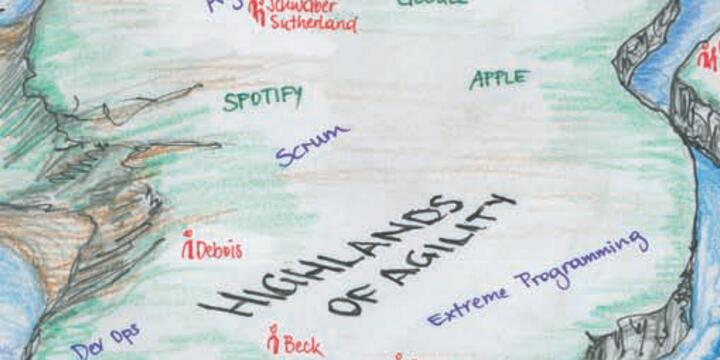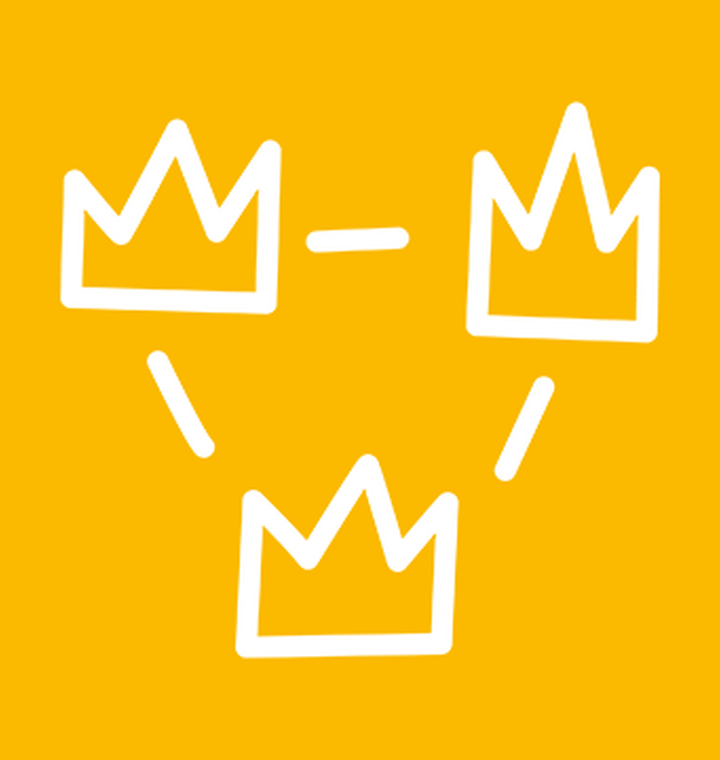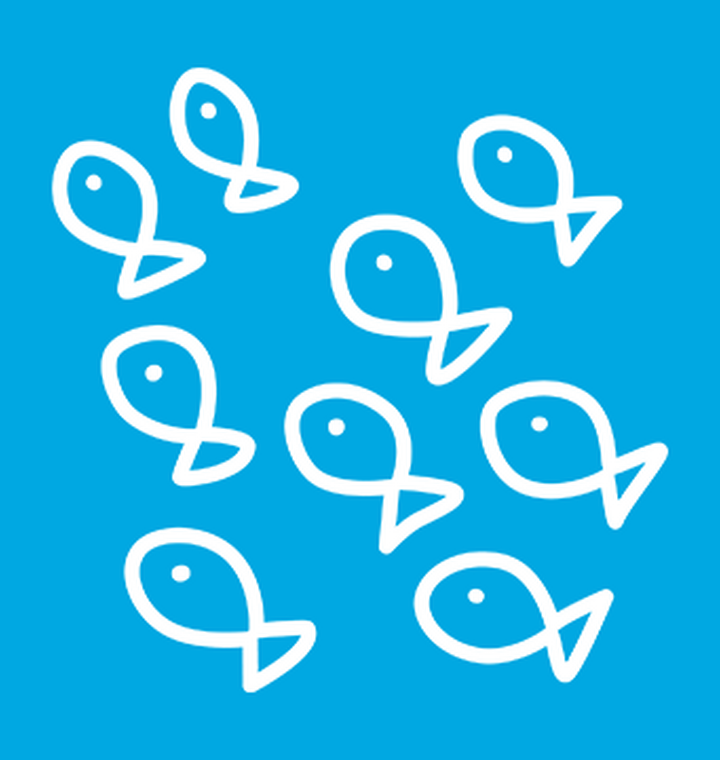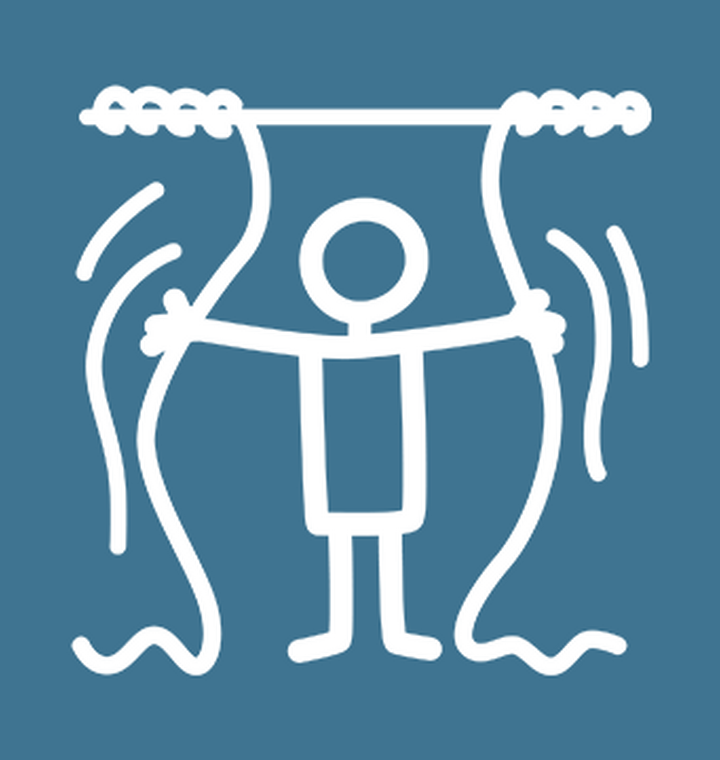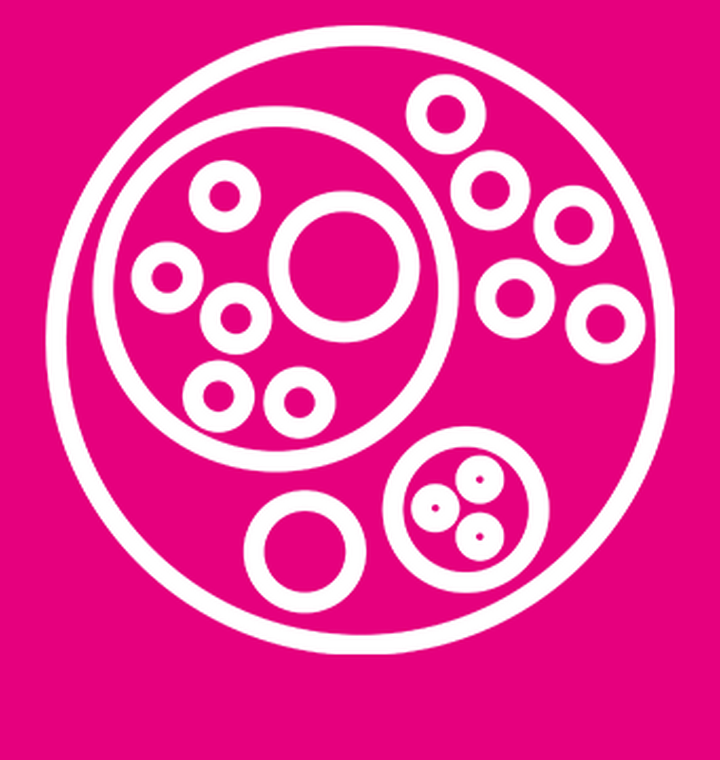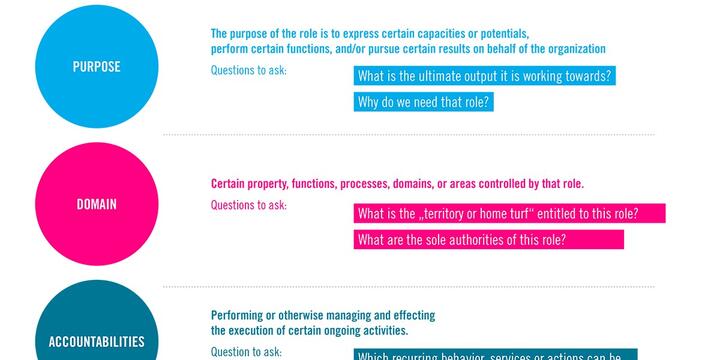Is China on the threshold to become more teal?
Early November 2019 we had the chance to speak at the 2nd China Conference on Organizational Evolution and run a workshop with thirty Organizational Development experts and managers from different Chinese and global companies — like Alibaba, Tancent, Schneider Electric, BOSCH and Mary Kay. Apart from very much fun and awesome co-creating experiences, we returned pretty impressed by the dynamics we witnessed. So we thought it’s worthwhile to capture some hypotheses about what impressed us.
As a European company dwarfs and Giants has visited and worked in China just a bit. Our knowledge about China is very limited and highly influenced by an European point of view. We know about the important history of China and we have read a lot about the social and economic and social challenges China is facing nowadays.
The Chinese economy experienced astonishing growth in the last few decades. Over a relatively short period of time, no other country has ever achieved as much economic growth as China. This is mirrored in Shanghai´s fast pace, dynamic and volatility. What we have experienced was that Shanghai and its people embrace technological change and digitalization, absorb rapid population growth due to ramping up so many houses and skyscrapers. It also has strengthen its global connectivity as a global hub and is seen as a “must be” for different global companies from the US and Europe. Shanghai is also growing as a technology hub, catalyzed by the immense emergence and international expansion of Alibaba and Tencent (WeChat). As such Chinese companies extend beyond its borders and start to work globally its society becomes increasingly intertwined with global tech players. The old idea that the Chinese market is an island is definite not a truth any more. Clearly all is not perfectly well in China right now, but due to its emerging economy and wealth social dynamics have already started to change and to transform.
3 INSIGHTS OF WHAT WE HAVE LEARNED ABOUT CHINA
Shanghai is full of pockets of the future — full of expression of how the future could unfold.
A) Modern and traditional China is and will be interrelated
The contrasts in Shanghai are enormous: China has an unusual mix of being and living ultramodern and is at the same time very traditional. The people we have met have shown a mixture of modern and traditional Chinese behavior. We were together with many people — we ate together, we did a traditional “hot pot”. Eating was used as a ritual to getting to know each other better and building stronger relations. Everybody was welcoming us in a warm-hearted way and tried to be supportive and took much effort and time to meet with us every evening.
On the other hand Chinese people really embrace digitalization: Many companies are fully embracing digitalization and are clear forerunners in that field. But also just observing people in China show, that young and old people using their mobile all the time. Really everyone is activly using his or her device, even during a conversation — having a chat via WeChat or using an app for the need they have in parallel. This pattern is not unknown within our European experience but seems to be far more “developed”.
Also social norms have started to change: People we have met start to describe how traditional views on love and marriage are going to change.
Also the intense workload and the 24/7 attitude and the quick respond to customers is quite normal. The Time-Rhythm is slowly questioned and somehow changing. Speed seems nowadays to be a Chinese word or at least it has become a normal Chinese habit.
B) The rise of entrepreneurship in China
China was portrayed as a predominantly state-owned economy driven by large-scale enterprises, some of which held (near-) monopoly status. Internet entrepreneurs started to emerge in the mid to late 1990 — like Alibaba, Tencent, China Telecom.
These days in China, you can see numerous young people who were born in the 1980’s and 1990’s with entrepreneurial aspirations. We have met a huge number of them whilst the Conference. These youngsters are not afraid of making failures. For them, “trial and error” is an inevitable part of the innovation process.
China is now the world’s second largest producer of “unicorns,” i.e., non-listed companies valued at over US$1Bn. The most representative ones are Xiaomi, Didi Chuxing, China Internet Plus. And the large internet companies (Alibaba, Tencent, Haier) have also started seedinvesting or being entrepreneurs for their own new businesses.
C) Being true digital and living in a VUCA environment is the new normal in China
WeChat Chinese(?) multi-purpose messaging and social media plattform like a combination of WhatsApp and facebook. WeChat was developed by the Chinese copmpany Tencent. Tencent is the world’s largest gaming and social media company. It has also a mobile payment App which is used for every transaction in China — from buying tea, T-Shirts, dinner… towards cars and flats. By 2018 it was one of the world’s largest standalone mobile apps by monthly active with over 1 billion monthly active users (902 million daily active users. (see Wiki).
All people we have talked and worked with were in parallel always aware of their weChat and observed the conversations there. We have seen many young Chinese people who are true digital nomads and work in cafés or in one of the three Shangai´s weWork collaboration spaces.
OUR 3 KEY LEARNINGS FROM THE CONFERENCE
A movement towards #teal and #nextland has already started
China has traditionaly high respect on hierarchy, and it was taken als normal that decisions and ideas flow downward from the top. The dynamic enviroment and the really high speed within China makes it possible that a conference about selfmanagement, distributed authority and organizing purpose driven was organized for the second time and that 400 people attended in this November. It seems to be the right time to launch experiments with alternatives how to deal with authority and hierarchy.
We would define a movement as an emerging social force where more and more people (or organizations) are part of to create a tipping point to shift towards a next reality. What we have observed was that many Chinese companies experimenting and prototyping different approaches of selforganization. The Chinese Company KINKO for exemple reorganized its Sales Department in five tribes. A tribe is a group of people who are needed to do the work. And it is like the ancient meaning of a tribe — being responsible for each other, being very close, nearly friends. Each tribe acts like a startup and is responsible for P&L. Each tribe has a leader, who is elected by the whole tribe for a specified time. There is also an impeachment-rule at play.
1. What do Chinese people mean, when they talk about #teal and #nextland?
- They are addressing a true transformation: from a more or less traditional hierarchical company towards companies which are purpose driven and are based on an organizational design which is supporting selfmanagement, customer centricity, innovation and fast learning
- Chinese companies are not searching for the one and only single solution. They are prototyping with and applying already different practices in parallel like sociocracy, holacracy, plus other teal methods.
- Chinas companies are about to create tailormade new #teal and #nextland practices based on their needs as a Chinese company.
- The objective is to distribute authority beyond empowerment (still having a boss) to bring forward innovation and co-create new solutions in a more fast pace.
- Still there is a pattern of “being always perfect” strongly sneaking in. That makes it quite difficult to tackle teal practices — like trying things out, prototype — in a proper way.
2. Gamification — a playful transformation approach
- There are generational changes: most of the young employees (Gen Y) were grown up as gamers. They are used to think in terms of gaming mechanics like: rewarding systems, leveling up, collecting information, finding solutions, teaming up… This playful thinking and Gamification approach is nowadays often used when it comes to OD and innovation.
- The biggest impediment for an organization is to engage its people to be a active part of the transformation. What gamification does, is creating an environment that is more experimental, hands on, and engaging. And its based on a narrative, which helps employees to understand.
- The Chinese Company KINKO for exemple has used Gamification for its transformation process and uses a remuneration-system based on logic of computer games.
3. Exploring the qualities of #teal and #nextland beyond rationalism
- High interest to enter the qualities of intuition and emotion as a source for innovation and decision making. This approach seems already baked into the Chinese culture.
- Starting to apply consciousness and mindful practices in their daily routines as new normal
- Conference creates space that this can emerge
We hope for your feedback and your thoughts.
This article was originally published by Gerhard Hochreiter & Sascha Bernardis on Medium on Feb. 14, 2019





